Mental Model
July 16, 2025
5
Min
Charlie Munger’s Wisdom: 5 Mental Models That Changed My Work Life
Mental Model
|
What if your biggest career unlock wasn’t in a course or a new strategy - but in how you think?
In our work with senior leaders, one idea keeps resurfacing: the most effective thinkers don’t just accumulate knowledge. They build a latticework of mental models - a set of lenses to better interpret the world and act wisely within it.
Few have championed this approach more eloquently than Charlie Munger, Warren Buffett’s long-time partner at Berkshire Hathaway. While Buffett often made the headlines, it was Munger’s razor-sharp reasoning - rooted in interdisciplinary thinking - that shaped many of their smartest moves.
Over the past decade, Munger’s mental models have changed how we coach, decide, build strategy, and lead teams. Here are five that transformed our work lives - and might just shift yours too.
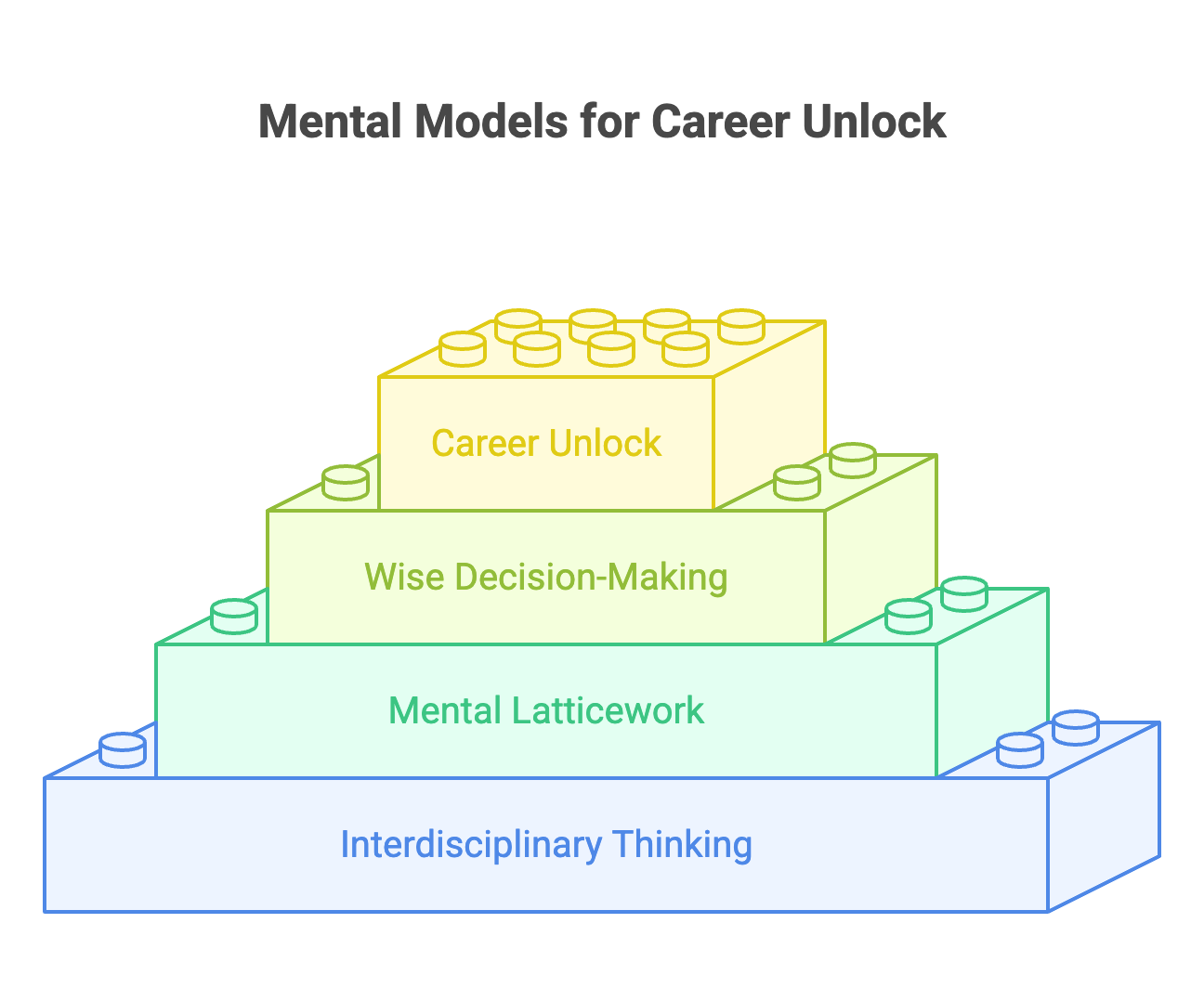
As decisions grow faster and more complex, relying on gut feel or linear logic just doesn’t cut it. A 2023 McKinsey report found that executives who regularly apply mental models in decision-making are 2.5 times more likely to outperform peers on strategic goals.
Mental models act as filters. They help you ignore noise, frame trade-offs, and spot second-order effects before they turn into regrets. And in leadership, clarity is currency.
Munger said it best: “All I want to know is where I’m going to die, so I’ll never go there.”
Rather than asking “What will make this succeed?” we now often start with: “How might this fail?” In strategic planning, hiring, even product launches, we’ve embedded pre-mortems as a ritual. It’s helped us avoid preventable mistakes - like over-indexing on speed at the cost of adoption.
Try this:
Before finalising any plan, ask your team: “If this went horribly wrong in 12 months, what likely caused it?”
Capture. Prioritise. Safeguard.
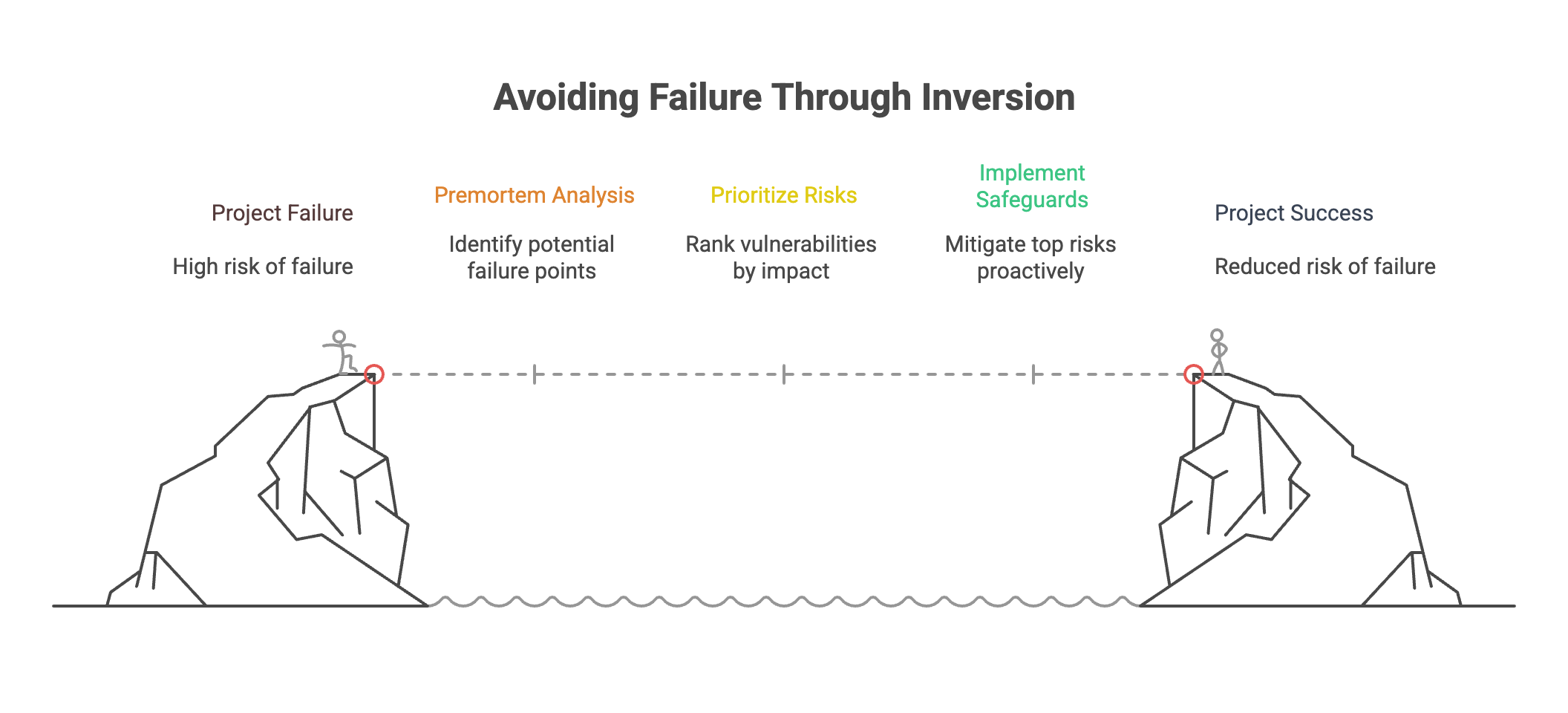
Munger often warned about the dangers of pretending to know more than you do. The “Circle of Competence” model reminds us to be honest about what we truly understand - and what we’re merely familiar with.
This clarity has reshaped how we delegate, hire specialists, and assess client fit. We’ve turned down lucrative projects that looked tempting but sat too far outside our lane. And we’ve grown by learning adjacent skills with intent rather than chasing every trend.
Reflection prompt:
Where are you mistaking confidence for competence?
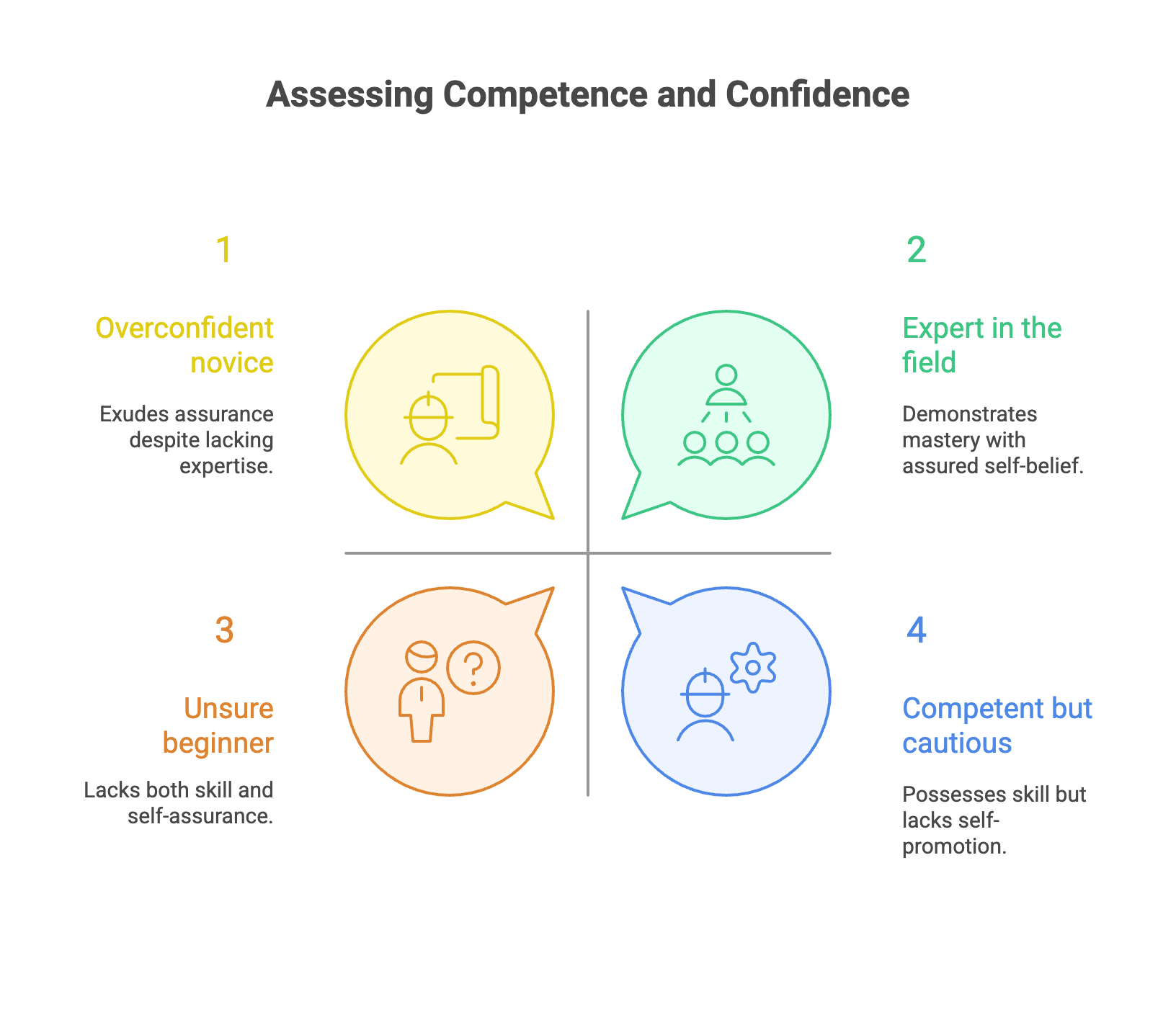
One of Munger’s most repeated lines: “Show me the incentive, and I will show you the outcome.”
This model is now central to our culture work. We’ve seen cross-functional dysfunctions resolve not through conflict resolution, but by realigning misfiring incentives. We’ve also stopped being surprised when teams hoard information - because the bonus structure rewarded silos.
Understanding human motivation has been the backstage pass to shaping better systems, not just behaviour.
High-impact action:
Run a quarterly review: “What behaviours are we inadvertently rewarding or punishing?”
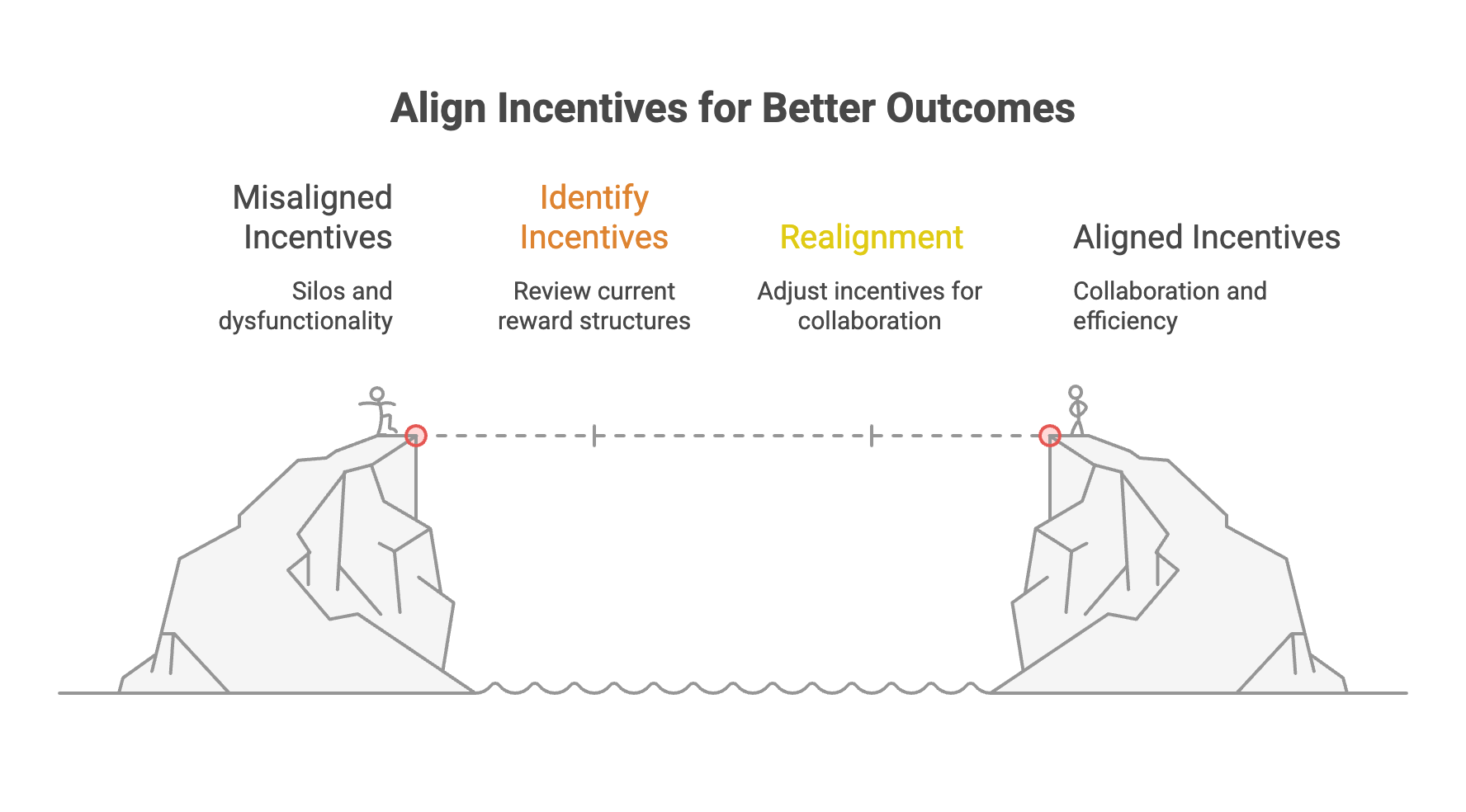
Munger borrowed this idea from Alfred Korzybski, but made it timeless in business. Forecasts, dashboards, strategy decks - they’re helpful abstractions. But they aren’t reality.
We learned this the hard way in one client engagement. Their balanced scorecard looked flawless - until a frontline team pointed out that two KPIs incentivised opposing behaviours. We had optimised the map, not the terrain.
Today, we pair data reviews with field checks. We walk factory floors, shadow customer calls, and observe meeting dynamics. Context over reports.
Pro Tip:
Every month, meet someone two levels below your usual stakeholder. Ask: “What’s really happening?”
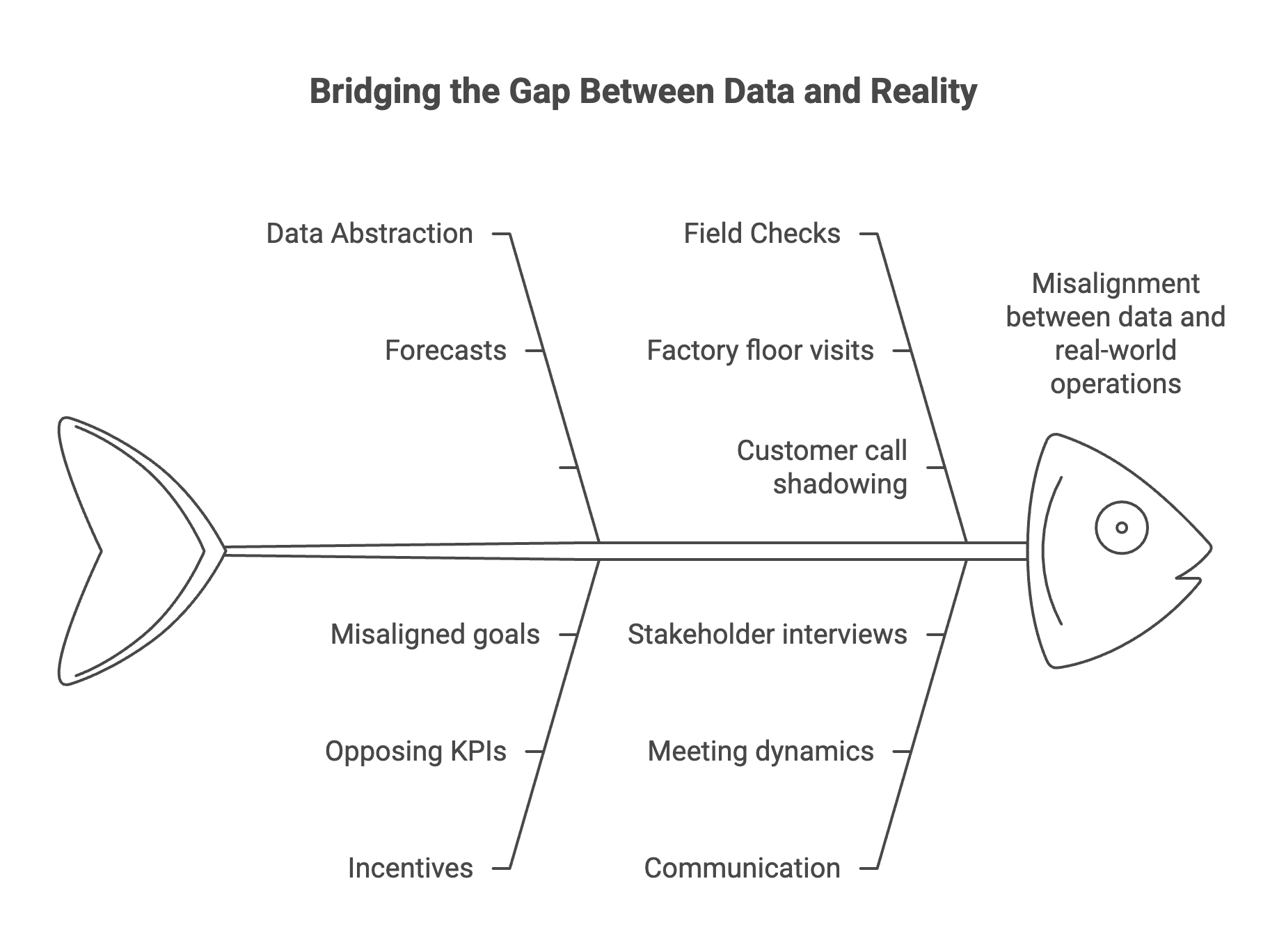
This one cuts deep. Munger constantly reminded us how easily our minds substitute vivid for accurate. The last bad client meeting, the one standout hire, the market narrative from last week’s LinkedIn post - these can all distort perception.
To fight this, we’ve baked in rituals that force a longer view. Decision logs. Checklists that flag recency traps. Retros with structured data and not just hot takes. It’s slow work, but it clears the mental fog.
Ask yourself:
Is this belief based on evidence - or just the most emotionally available memory?
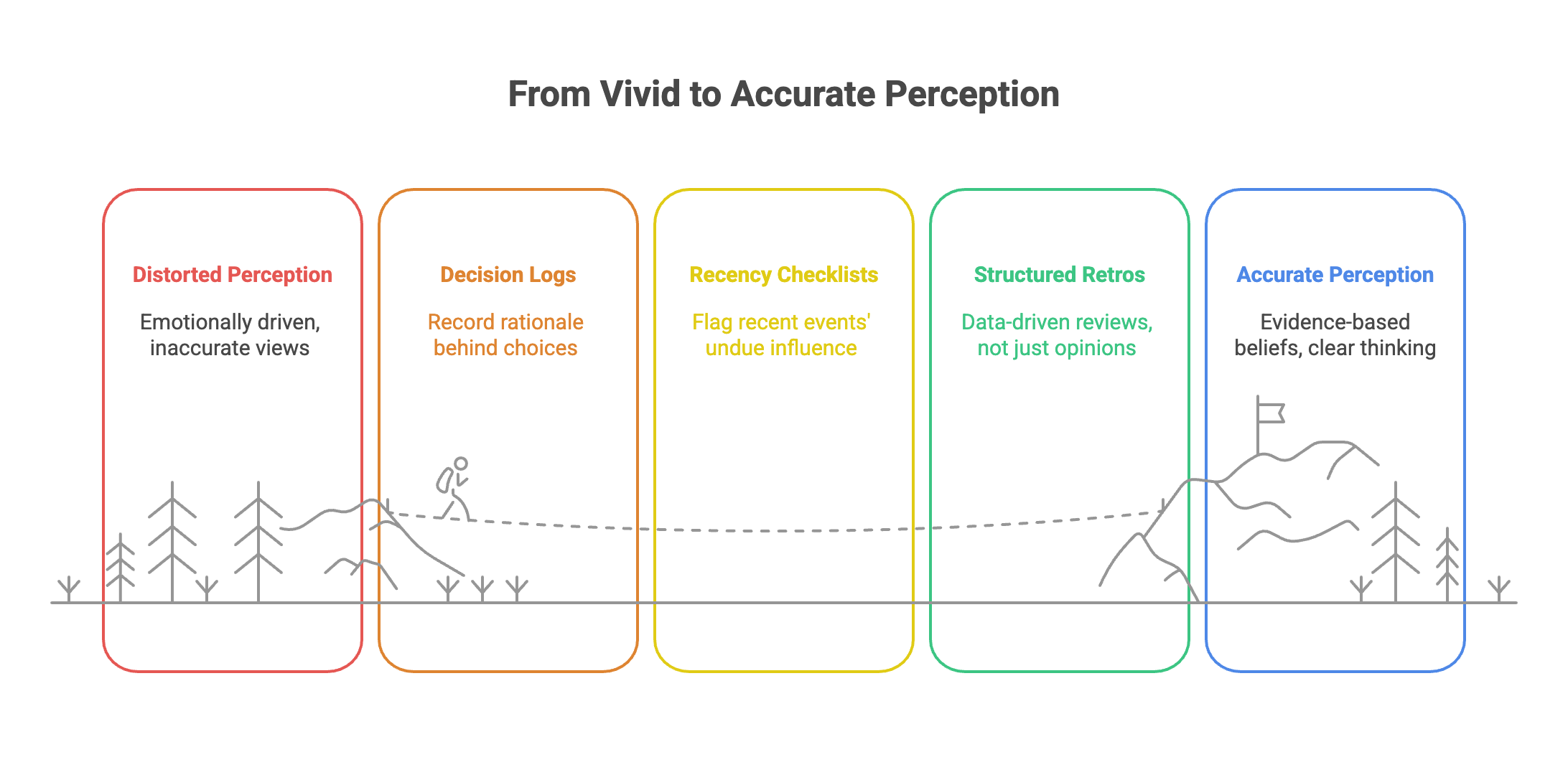
You don’t need a philosophy degree to apply these. Here’s how we embed Munger’s wisdom into everyday leadership:
Pro Tip: Avoid mental model bingo. It’s better to apply five well than juggle 50 inconsistently.
We’ve coached enough sharp executives to know: insight isn’t the blocker. Integration is.
Here are common traps:
What are three recurring decisions where your default thinking leads you astray?
Which of Munger’s five models do you most resist - and what might that resistance be protecting?
When we adopted Munger’s approach seriously, we saw cascading gains:
Most importantly, we developed a culture of thinking. And that is compounding.
Pick one decision on your plate. Apply inversion and circle of competence to it.
What would failure look like?
Are you the right person to decide?
Would Munger nod - or shake his head?
Team SHIFT
“Spend each day trying to be a little wiser than you were when you woke up.”
– Charlie Munger
What if your biggest career unlock wasn’t in a course or a new strategy - but in how you think?
In our work with senior leaders, one idea keeps resurfacing: the most effective thinkers don’t just accumulate knowledge. They build a latticework of mental models - a set of lenses to better interpret the world and act wisely within it.
Few have championed this approach more eloquently than Charlie Munger, Warren Buffett’s long-time partner at Berkshire Hathaway. While Buffett often made the headlines, it was Munger’s razor-sharp reasoning - rooted in interdisciplinary thinking - that shaped many of their smartest moves.
Over the past decade, Munger’s mental models have changed how we coach, decide, build strategy, and lead teams. Here are five that transformed our work lives - and might just shift yours too.

As decisions grow faster and more complex, relying on gut feel or linear logic just doesn’t cut it. A 2023 McKinsey report found that executives who regularly apply mental models in decision-making are 2.5 times more likely to outperform peers on strategic goals.
Mental models act as filters. They help you ignore noise, frame trade-offs, and spot second-order effects before they turn into regrets. And in leadership, clarity is currency.
Munger said it best: “All I want to know is where I’m going to die, so I’ll never go there.”
Rather than asking “What will make this succeed?” we now often start with: “How might this fail?” In strategic planning, hiring, even product launches, we’ve embedded pre-mortems as a ritual. It’s helped us avoid preventable mistakes - like over-indexing on speed at the cost of adoption.
Try this:
Before finalising any plan, ask your team: “If this went horribly wrong in 12 months, what likely caused it?”
Capture. Prioritise. Safeguard.

Munger often warned about the dangers of pretending to know more than you do. The “Circle of Competence” model reminds us to be honest about what we truly understand - and what we’re merely familiar with.
This clarity has reshaped how we delegate, hire specialists, and assess client fit. We’ve turned down lucrative projects that looked tempting but sat too far outside our lane. And we’ve grown by learning adjacent skills with intent rather than chasing every trend.
Reflection prompt:
Where are you mistaking confidence for competence?

One of Munger’s most repeated lines: “Show me the incentive, and I will show you the outcome.”
This model is now central to our culture work. We’ve seen cross-functional dysfunctions resolve not through conflict resolution, but by realigning misfiring incentives. We’ve also stopped being surprised when teams hoard information - because the bonus structure rewarded silos.
Understanding human motivation has been the backstage pass to shaping better systems, not just behaviour.
High-impact action:
Run a quarterly review: “What behaviours are we inadvertently rewarding or punishing?”

Munger borrowed this idea from Alfred Korzybski, but made it timeless in business. Forecasts, dashboards, strategy decks - they’re helpful abstractions. But they aren’t reality.
We learned this the hard way in one client engagement. Their balanced scorecard looked flawless - until a frontline team pointed out that two KPIs incentivised opposing behaviours. We had optimised the map, not the terrain.
Today, we pair data reviews with field checks. We walk factory floors, shadow customer calls, and observe meeting dynamics. Context over reports.
Pro Tip:
Every month, meet someone two levels below your usual stakeholder. Ask: “What’s really happening?”

This one cuts deep. Munger constantly reminded us how easily our minds substitute vivid for accurate. The last bad client meeting, the one standout hire, the market narrative from last week’s LinkedIn post - these can all distort perception.
To fight this, we’ve baked in rituals that force a longer view. Decision logs. Checklists that flag recency traps. Retros with structured data and not just hot takes. It’s slow work, but it clears the mental fog.
Ask yourself:
Is this belief based on evidence - or just the most emotionally available memory?

You don’t need a philosophy degree to apply these. Here’s how we embed Munger’s wisdom into everyday leadership:
Pro Tip: Avoid mental model bingo. It’s better to apply five well than juggle 50 inconsistently.
We’ve coached enough sharp executives to know: insight isn’t the blocker. Integration is.
Here are common traps:
What are three recurring decisions where your default thinking leads you astray?
Which of Munger’s five models do you most resist - and what might that resistance be protecting?
When we adopted Munger’s approach seriously, we saw cascading gains:
Most importantly, we developed a culture of thinking. And that is compounding.
Pick one decision on your plate. Apply inversion and circle of competence to it.
What would failure look like?
Are you the right person to decide?
Would Munger nod - or shake his head?
Team SHIFT
“Spend each day trying to be a little wiser than you were when you woke up.”
– Charlie Munger
What if your biggest career unlock wasn’t in a course or a new strategy - but in how you think?
In our work with senior leaders, one idea keeps resurfacing: the most effective thinkers don’t just accumulate knowledge. They build a latticework of mental models - a set of lenses to better interpret the world and act wisely within it.
Few have championed this approach more eloquently than Charlie Munger, Warren Buffett’s long-time partner at Berkshire Hathaway. While Buffett often made the headlines, it was Munger’s razor-sharp reasoning - rooted in interdisciplinary thinking - that shaped many of their smartest moves.
Over the past decade, Munger’s mental models have changed how we coach, decide, build strategy, and lead teams. Here are five that transformed our work lives - and might just shift yours too.

As decisions grow faster and more complex, relying on gut feel or linear logic just doesn’t cut it. A 2023 McKinsey report found that executives who regularly apply mental models in decision-making are 2.5 times more likely to outperform peers on strategic goals.
Mental models act as filters. They help you ignore noise, frame trade-offs, and spot second-order effects before they turn into regrets. And in leadership, clarity is currency.
Munger said it best: “All I want to know is where I’m going to die, so I’ll never go there.”
Rather than asking “What will make this succeed?” we now often start with: “How might this fail?” In strategic planning, hiring, even product launches, we’ve embedded pre-mortems as a ritual. It’s helped us avoid preventable mistakes - like over-indexing on speed at the cost of adoption.
Try this:
Before finalising any plan, ask your team: “If this went horribly wrong in 12 months, what likely caused it?”
Capture. Prioritise. Safeguard.

Munger often warned about the dangers of pretending to know more than you do. The “Circle of Competence” model reminds us to be honest about what we truly understand - and what we’re merely familiar with.
This clarity has reshaped how we delegate, hire specialists, and assess client fit. We’ve turned down lucrative projects that looked tempting but sat too far outside our lane. And we’ve grown by learning adjacent skills with intent rather than chasing every trend.
Reflection prompt:
Where are you mistaking confidence for competence?

One of Munger’s most repeated lines: “Show me the incentive, and I will show you the outcome.”
This model is now central to our culture work. We’ve seen cross-functional dysfunctions resolve not through conflict resolution, but by realigning misfiring incentives. We’ve also stopped being surprised when teams hoard information - because the bonus structure rewarded silos.
Understanding human motivation has been the backstage pass to shaping better systems, not just behaviour.
High-impact action:
Run a quarterly review: “What behaviours are we inadvertently rewarding or punishing?”

Munger borrowed this idea from Alfred Korzybski, but made it timeless in business. Forecasts, dashboards, strategy decks - they’re helpful abstractions. But they aren’t reality.
We learned this the hard way in one client engagement. Their balanced scorecard looked flawless - until a frontline team pointed out that two KPIs incentivised opposing behaviours. We had optimised the map, not the terrain.
Today, we pair data reviews with field checks. We walk factory floors, shadow customer calls, and observe meeting dynamics. Context over reports.
Pro Tip:
Every month, meet someone two levels below your usual stakeholder. Ask: “What’s really happening?”

This one cuts deep. Munger constantly reminded us how easily our minds substitute vivid for accurate. The last bad client meeting, the one standout hire, the market narrative from last week’s LinkedIn post - these can all distort perception.
To fight this, we’ve baked in rituals that force a longer view. Decision logs. Checklists that flag recency traps. Retros with structured data and not just hot takes. It’s slow work, but it clears the mental fog.
Ask yourself:
Is this belief based on evidence - or just the most emotionally available memory?

You don’t need a philosophy degree to apply these. Here’s how we embed Munger’s wisdom into everyday leadership:
Pro Tip: Avoid mental model bingo. It’s better to apply five well than juggle 50 inconsistently.
We’ve coached enough sharp executives to know: insight isn’t the blocker. Integration is.
Here are common traps:
What are three recurring decisions where your default thinking leads you astray?
Which of Munger’s five models do you most resist - and what might that resistance be protecting?
When we adopted Munger’s approach seriously, we saw cascading gains:
Most importantly, we developed a culture of thinking. And that is compounding.
Pick one decision on your plate. Apply inversion and circle of competence to it.
What would failure look like?
Are you the right person to decide?
Would Munger nod - or shake his head?
Team SHIFT
